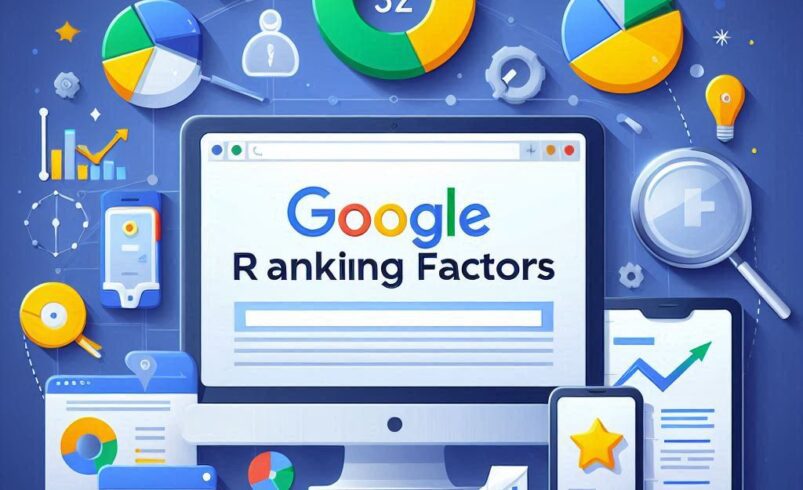What Are Google’s Ranking Factors and How to Optimize for Them
- April 18, 2025
- 0
It is no secret that Google employs complex and sophisticated algorithms to determine the ranking of a given webpage on its search engine. With more than two hundred
It is no secret that Google employs complex and sophisticated algorithms to determine the ranking of a given webpage on its search engine. With more than two hundred

It is no secret that Google employs complex and sophisticated algorithms to determine the ranking of a given webpage on its search engine. With more than two hundred Google ranking factors believed to influence how websites rank, it’s critical for marketers, developers, and entrepreneurs to understand what actually impacts visibility.
While many of Google’s exact signals remain undisclosed, some core elements are widely accepted as the most influential. This blog explores the essential Google ranking factors and how you can optimize your site for them effectively.
Google consistently favors original, informative, and user-focused content. It values web pages that satisfy user intent, deliver accurate information, and keep the visitor engaged.
Backlinks are among the most powerful signals of trust and authority. A strong backlink profile shows Google that other reputable sources endorse your content.
With Google’s mobile-first indexing, your site’s mobile version determines its rankings.
User experience and technical performance are reflected in Google’s Core Web Vitals:
Google favors secure and well-structured websites.
robots.txt file.Google tracks how users interact with your site—these behaviors influence rankings.
Although SEO has evolved, keywords remain foundational for telling Google what your content is about.
Structured data helps Google understand your content and enables rich results like star ratings, FAQs, or product listings.
Use Google’s Rich Results Test to verify your markup.
Though not a direct ranking signal, E-A-T significantly affects how Google evaluates a webpage’s quality—especially in YMYL (Your Money or Your Life) niches like health, finance, or law.
Although Google’s algorithm evolves frequently, focusing on core Google ranking factors—such as content quality, site structure, page speed, and trustworthiness—remains the most effective way to build a strong and sustainable SEO strategy.
Instead of trying to manipulate the system, the smartest long-term approach is to consistently deliver valuable, accurate, and user-focused content. Stay up to date with industry trends, perform regular audits, and adapt your tactics to algorithm updates. If you do that, your rankings will improve naturally—and sustainably.
Remember, SEO is not a one-time fix; it’s an ongoing investment. Small, consistent improvements in technical SEO, user experience, and content quality compound over time to create lasting visibility. Whether you’re a solo blogger or a business managing a large-scale site, the key lies in continuously refining your strategy and putting the user first.